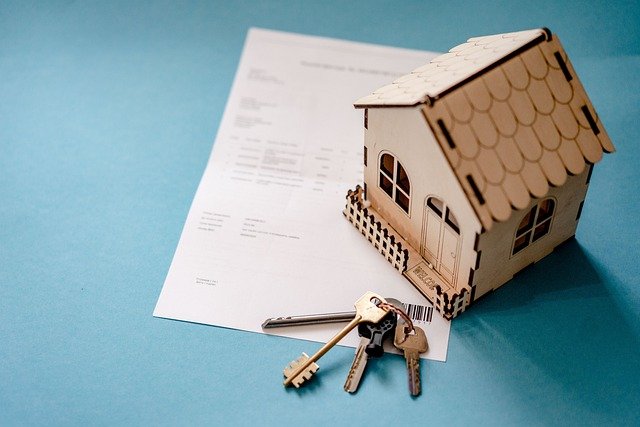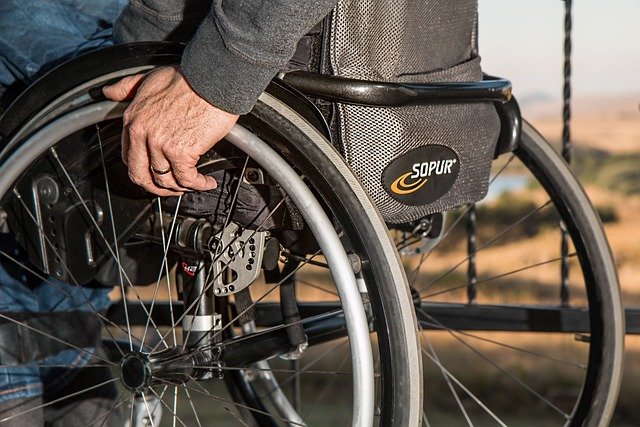Buying a 2nd‑hand static caravan: an essential practical guide
Purchasing a pre-owned static caravan offers an affordable gateway to holiday home ownership, but requires careful planning and thorough inspection. From understanding the true costs involved to navigating site agreements and assessing structural integrity, buyers must approach the process with realistic expectations and attention to detail. This guide walks you through every critical step, ensuring you make an informed decision that balances budget, quality, and long-term enjoyment.

Static caravans provide a practical solution for those seeking a permanent holiday retreat without the expense of traditional property. The second-hand market presents significant savings compared to new models, yet demands careful evaluation to avoid costly mistakes. Understanding what to look for, how much to budget, and which legal requirements apply will help you secure a caravan that meets your needs while avoiding common pitfalls.
Why choose a 2nd‑hand static caravan: pros and realistic expectations
Buying pre-owned offers immediate financial advantages, with prices typically 30 to 50 percent lower than new equivalents. Depreciation hits hardest in the first three years, meaning a well-maintained five-year-old model can deliver excellent value. Established parks often have resale units already sited, eliminating transport and installation costs. You can also assess the caravan in situ, gauge the park atmosphere, and speak with existing residents about their experiences.
However, realistic expectations matter. Older caravans may require updates to fixtures, soft furnishings, or appliances. Gas and electrical systems must meet current safety standards, and any modifications should be documented. Warranties rarely transfer, so factor potential repair costs into your budget. Lifespan varies by build quality and maintenance, but most static caravans remain serviceable for 15 to 25 years with proper care.
Inspection checklist: structural, interior, appliances and damp tests
Thorough inspection protects against hidden defects. Begin externally by examining the roof for cracks, sagging, or missing sealant, as water ingress causes the most serious damage. Check all seams, windows, and door frames for gaps or deterioration. Inspect the undercarriage for rust, damage to chassis rails, and the condition of axles and tyres if the unit may be moved.
Inside, test every appliance including the cooker, fridge, heating system, and water heater. Run taps to check water pressure and drainage. Open all cupboards and wardrobes, looking for staining, soft spots, or musty odours that indicate damp. Use a damp meter on walls, floors, and ceilings, paying special attention to corners, window surrounds, and areas beneath sinks. Soft or spongy flooring suggests long-term moisture problems. Verify that smoke alarms, carbon monoxide detectors, and fire extinguishers are present and functional.
Costs and budgeting: purchase price, transport, siting and running expenses
Purchase prices vary widely based on age, size, condition, and location. A ten-year-old two-bedroom model typically ranges from 8,000 to 18,000 GBP, while newer or larger units command higher prices. If the caravan requires relocation, professional transport costs between 400 and 1,200 GBP depending on distance and accessibility. Siting fees, including connection to utilities and levelling, add another 500 to 1,500 GBP.
Annual running costs include pitch fees, which vary significantly by park quality and location, typically ranging from 2,000 to 6,000 GBP per year. Additional expenses cover insurance (200 to 400 GBP annually), gas and electricity (variable by usage), maintenance reserves, and local authority rates if applicable. Budget for periodic servicing of gas appliances (100 to 150 GBP annually) and occasional repairs or replacements.
| Expense Category | Estimated Cost Range | Notes |
|---|---|---|
| Purchase Price (10-year-old unit) | 8,000 – 18,000 GBP | Varies by size, condition, location |
| Transport & Siting | 900 – 2,700 GBP | Depends on distance and site requirements |
| Annual Pitch Fees | 2,000 – 6,000 GBP | Park-dependent; includes basic services |
| Insurance | 200 – 400 GBP/year | Covers structure, contents, liability |
| Gas & Electricity | Variable | Based on occupancy and season |
| Annual Gas Safety Check | 100 – 150 GBP | Legally required for rental units |
Prices, rates, or cost estimates mentioned in this article are based on the latest available information but may change over time. Independent research is advised before making financial decisions.
Legal, site and siting considerations: licences, pitch agreements and safety compliance
Static caravans are not classified as permanent dwellings, and most parks operate under restrictive covenants limiting residential use to holiday purposes only. Review pitch agreements carefully, noting any restrictions on occupancy periods, subletting, pets, or modifications. Some parks impose age limits on caravans, requiring removal once units exceed a certain age, typically between 10 and 20 years.
Verify that the seller holds clear title and that no outstanding fees or disputes exist with the park operator. If purchasing privately rather than through the park, confirm the park will accept the transfer and any associated fees. Gas and electrical installations must comply with current safety regulations, with certification provided for recent work. Planning permission is generally not required for caravans on licensed sites, but always confirm with the site operator and local authority if uncertain.
Maintenance, repairs and sensible upgrades after purchase
Regular upkeep extends lifespan and preserves value. Annual tasks include resealing roof joints and external seams, cleaning gutters, treating exterior timber, and servicing gas appliances. Check and replace window and door seals as needed to prevent drafts and moisture ingress. Internally, refresh soft furnishings, update lighting to energy-efficient LEDs, and consider upgrading insulation if you plan significant off-season use.
Address any damp issues immediately, as delay worsens damage and repair costs. Minor cosmetic updates like new curtains, cushions, or a fresh coat of paint personalise the space affordably. Avoid structural modifications without professional advice and park approval, as unauthorised changes may violate pitch agreements or compromise safety. Keep records of all maintenance and repairs, as documentation reassures future buyers and may be required by park management.
Investing in a second-hand static caravan combines affordability with the flexibility of holiday home ownership. By conducting rigorous inspections, understanding true costs, navigating legal requirements, and committing to ongoing maintenance, you can enjoy years of comfortable use while protecting your investment. Approach the process methodically, seek professional surveys when in doubt, and choose a park community that aligns with your lifestyle and expectations.




